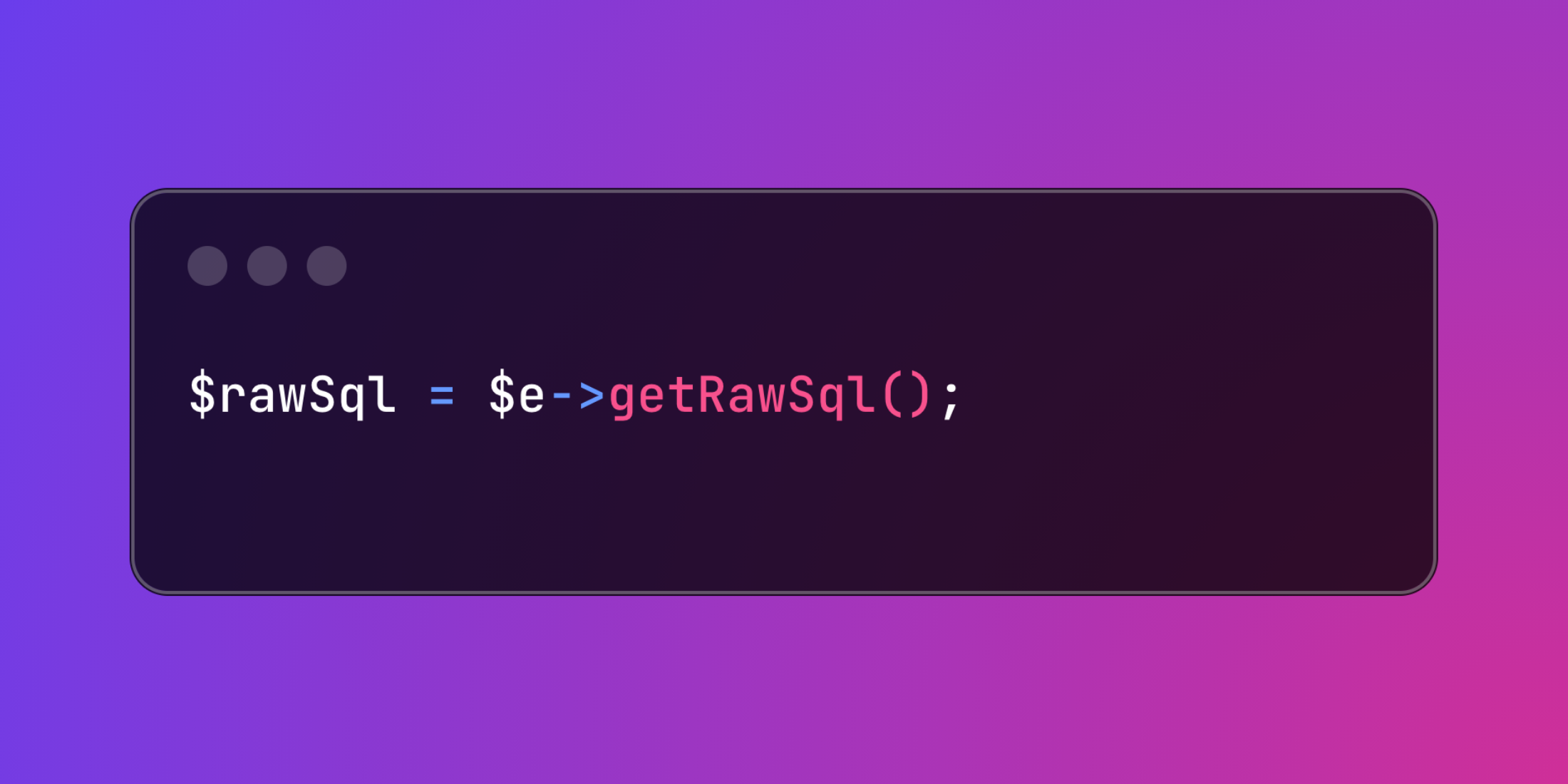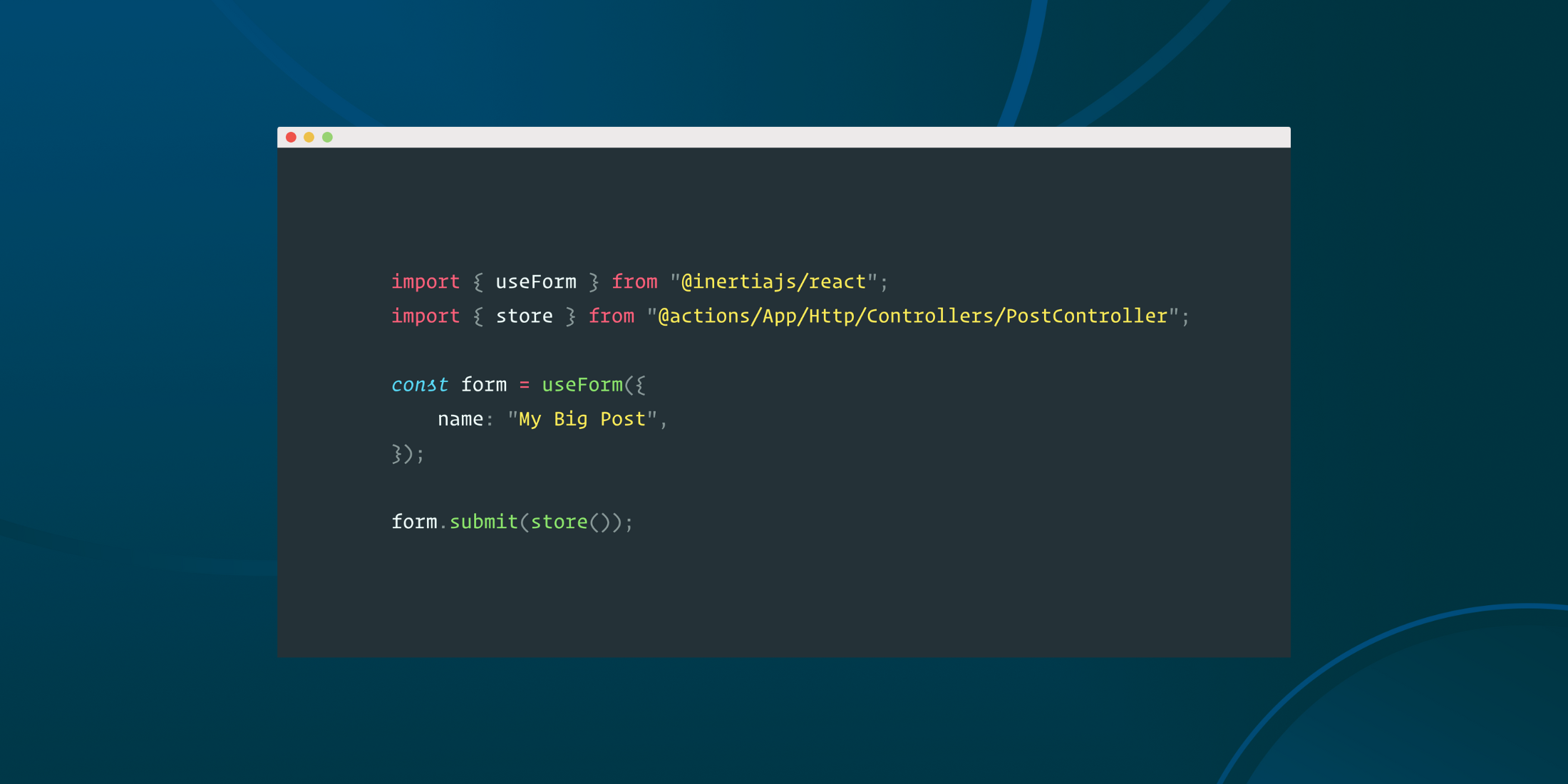A new investigation reveals that children as young as five can easily access inappropriate content and interact unsupervised with adults on Roblox, despite the platform’s child-friendly image and recent safety updates. The Guardian reports: Describing itself as "the ultimate virtual universe," Roblox features millions of games and interactive environments, known collectively as "experiences." Some of the content is developed by Roblox, but much of it is user-generated. In 2024, the platform had more than 85 million daily active users, an estimated 40% of whom are under 13. While the company said it "deeply sympathized" with parents whose children came to harm on the platform, it said "tens of millions of people have a positive, enriching and safe experience on Roblox every day."
However, in an investigation shared with the Guardian, the digital-behavior experts Revealing Reality discovered "something deeply disturbing … a troubling disconnect between Roblox’s child-friendly appearance and the reality of what children experience on the platform." […] Despite new tools launched last week aimed at giving parents more control over their children’s accounts, the researchers concluded: "Safety controls that exist are limited in their effectiveness and there are still significant risks for children on the platform."
Read more of this story at Slashdot.
Slashdot




